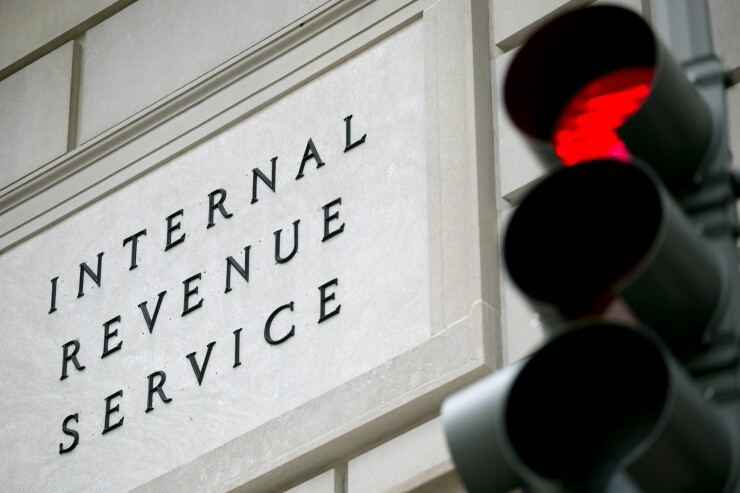The Treasury Inspector General for Tax Administration says it completed 1,032 investigations that contributed to savings of more than $6.1 billion from April through September of this year.
According to TIGTA's
Among TIGTA reports from the period:
1. Staying above $400K. The IRS has made limited progress on the methodology to comply with a Treasury directive to not increase audits for taxpayers with incomes below $400,000. In the directive, which was issued in the wake of $24 billion of Inflation Reduction Act funds allocated to IRS enforcement activities, the Treasury Secretary stated that "enforcement resources will focus on high-end noncompliance."
Although the IRS and Treasury chose Tax Year 2018 for the base year, this
2. Hiring delays at the IRS. IRA funds allowed the IRS to expand its hiring; the agency was also granted multiple direct hire authorities to expedite hiring and fill job vacancies. From Oct. 1, 2021, to Sept. 30, 2023, the IRS processed nearly 53,000 new hires. Although the agency used multiple DHAs to expedite its hiring process to fill vacant positions, almost 19,000 of new hires in fiscal years 2022 and 2023 exceeded the Office of Personnel Management's target of 80 calendar days to hire.
Delays in hiring, according to the
3. Direct File issues. The Direct File Pilot deployed successfully but security and testing improvements are needed. The IRS launched the Direct File Pilot program on Feb. 1, implementing it to a limited scope of taxpayers. TIGTA
4. Serving the underserved. Opportunities remain for better taxpayer service to underserved communities. The IRS uses various models to identify the underserved, underrepresented and rural population, but has no clear definition for these populations, TIGTA found. Actions also need to be taken to ensure the success of the Lifting Communities Up initiative in expanding services and assistance to taxpayers in underserved populations, according to a separate

5. Too big a footprint. The IRS still has unneeded office space. For FY24, the IRS indicated it would spend some $600 million on real estate costs, including 516 office buildings totaling some 22.3 million square feet, TIGTA
6. ERC issues. A little more than a year ago, the IRS placed a moratorium on processing new Employee Retention Credit claims due to a surge in suspicious claims, updated its identity theft filters, and reported that it had identified more than 155,000 returns making potentially erroneous ERC claims, preventing $487 million in undeserved refunds. TIGTA noted that the IRS does not apply updated filters to tax returns that were previously screened using old criteria, identifying 997 returns reporting $19.6 million in potentially erroneous ERC that the IRS did not identify.
The IRS has implemented initiatives that assessed or prevented erroneous ERC amounts, preventing $1.6 billion in claims and allowed the agency to assess $573 million as of last April. TIGTA nonetheless identified an additional 923 entities that claimed credits worth $105 million that should have received a disallowance letter but were not initially identified by the IRS.
7. Other issues. Additional reports noted that:
Millions of taxpayers took early retirement distributions, but some did not pay the additional tax, claim an exception or report the income;- The IRS has been
unable to use some of its enforcement tools to match reported virtual currency-related income to taxpayers' returns; and, Improvements are needed to ensure that local Taxpayer Advocate Service telephone lines are properly monitored.




